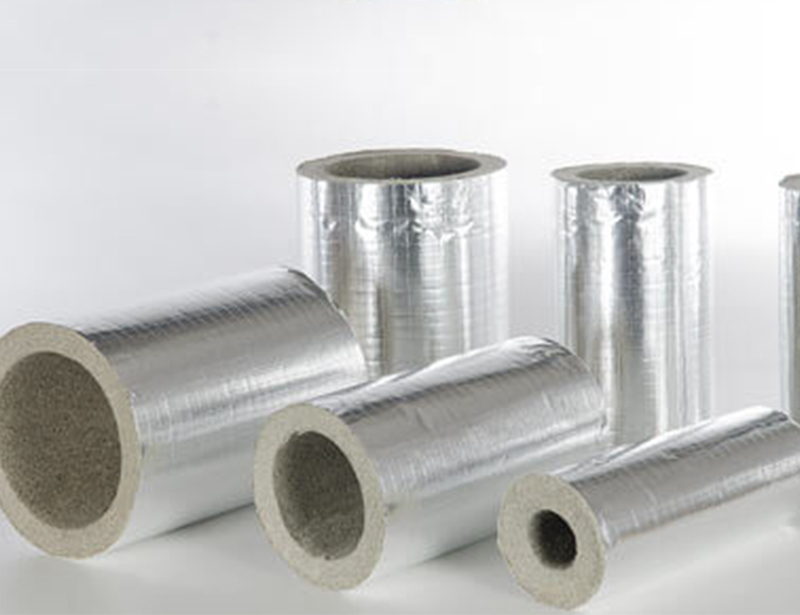
Following reviews and amendments to Approved Document B (ADB) for England and Northern Ireland and the Building Standards Technical handbook for Scotland, the provision for sprinkler systems to be installed is now mandated in a wider range of buildings. In Wales, automatic water suppression systems are mandatory in all new build dwellings. In England and Northern Ireland, the requirement in high rise residential buildings has been revised with the result being substantially more living quarters being protected with such active fire protection as the requirement to install sprinklers is now to be in schemes above 11m, a height reduced from 30m. In Scotland, the updated sprinkler regulations will require new flats, maisonettes, social housing and multi-occupancy residential buildings be fitted with automatic fire suppression systems.
Sprinkler systems commonly comprise cPVC (Chlorinated Poly Vinyl Chloride) materials that are claimed to be cheaper, quicker and safer to assemble versus metal alternatives. One of the most common myths is that because cPVC is plastic, it will easily melt under fire conditions. Tests have proven that unlike other plastics, cPVC can withstand higher heat and intense flame and consequently can reliably deliver water where and when required provided the cPVC system installed in accordance to the manufacturers guide.
Inevitably, sprinkler pipe work layouts will breach fire compartment walls and floors and as such an approved fire stop treatment will be required to reinstate the fire performance of the compartment line. Whilst many products are available to reinstate compartment lines fire performance, not all products offer compatibility with cPVC. It is imperative that any fire stop does not adversely affect the cPVC materials.
Adverse effects include chemical contamination of the cPVC. Commonly called Plasticiser migration, this is when the plasticiser chemicals within sealants, collars, wraps, sleeves, etc. transfers into interfacing materials. Once the plasticisers transfer and are absorbed by the cPVC sprinkler pipes, the result can cause the pipe to significantly weaken and eventually fracture under water pressure. Such fracture is likely to lead flood damage.
Each manufacturer of cPVC sprinkler systems will offer advice on compatibility of fire stop devices with their cPVC materials but also can help identify those products that are definitely incompatible.
Lubrizol are one such manufacturer of cPVC sprinkler systems and commercial sell their system under the BlazeMaster brand. The approved fire stop devices includes market leaders such as Rockwool FirePro High Expansion Intumescent Sealant and Tenmat FF109 Pipe Fire Sleeve. These products have been evaluated by Lubrizol and are approved products in terms of compatibility with their cPVC system.